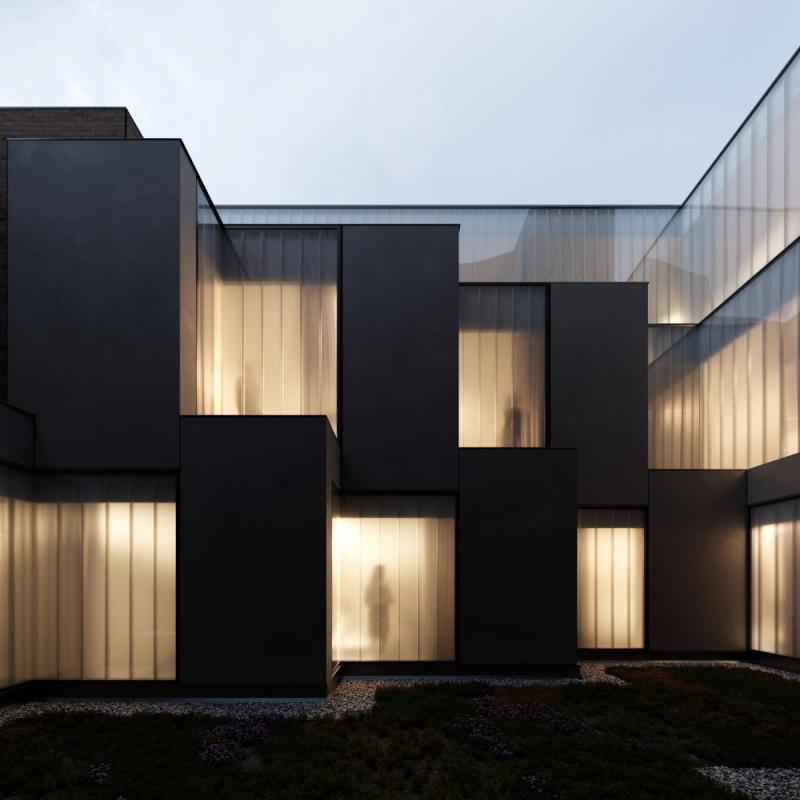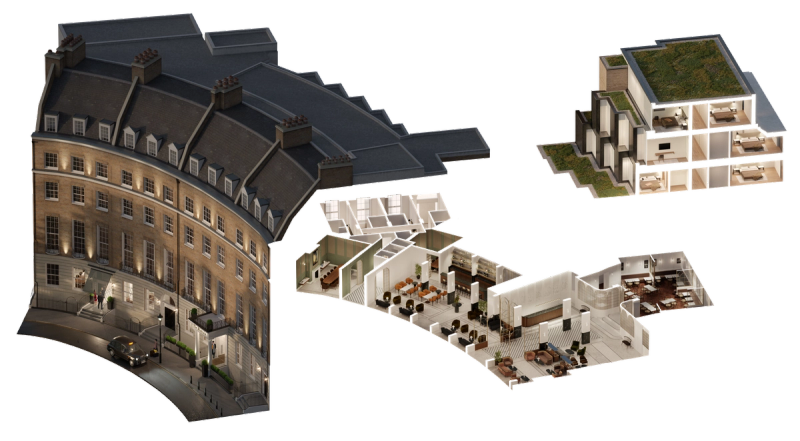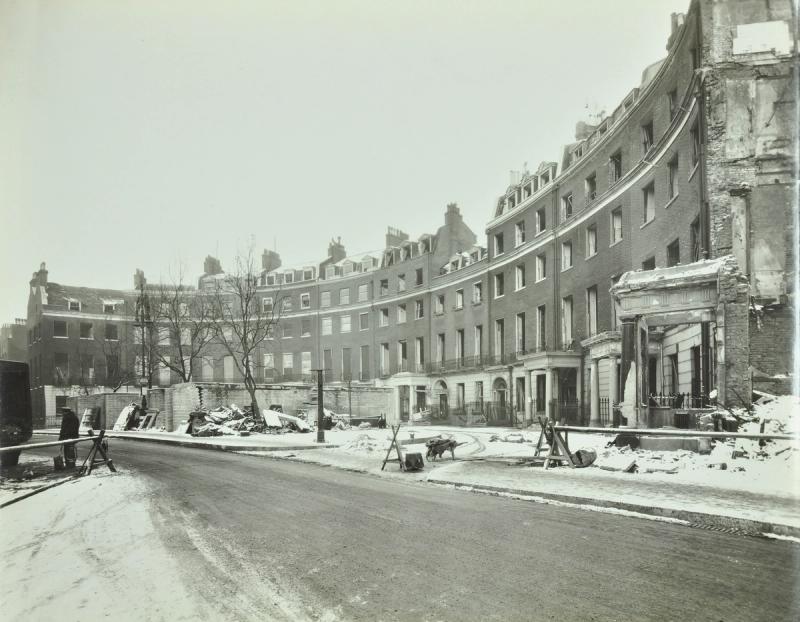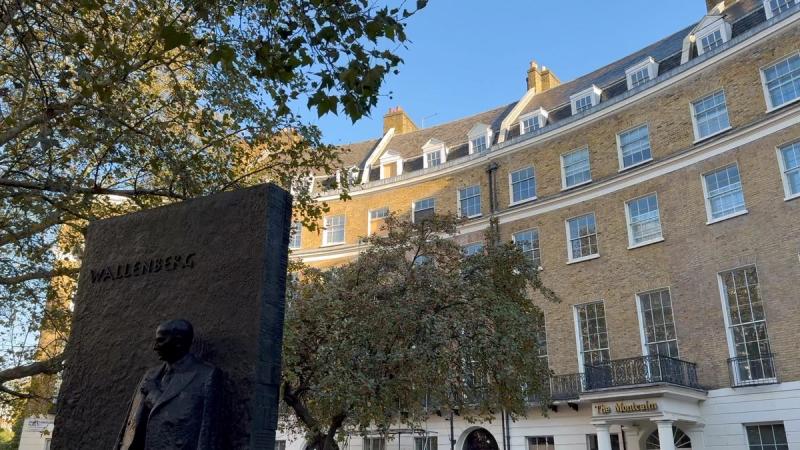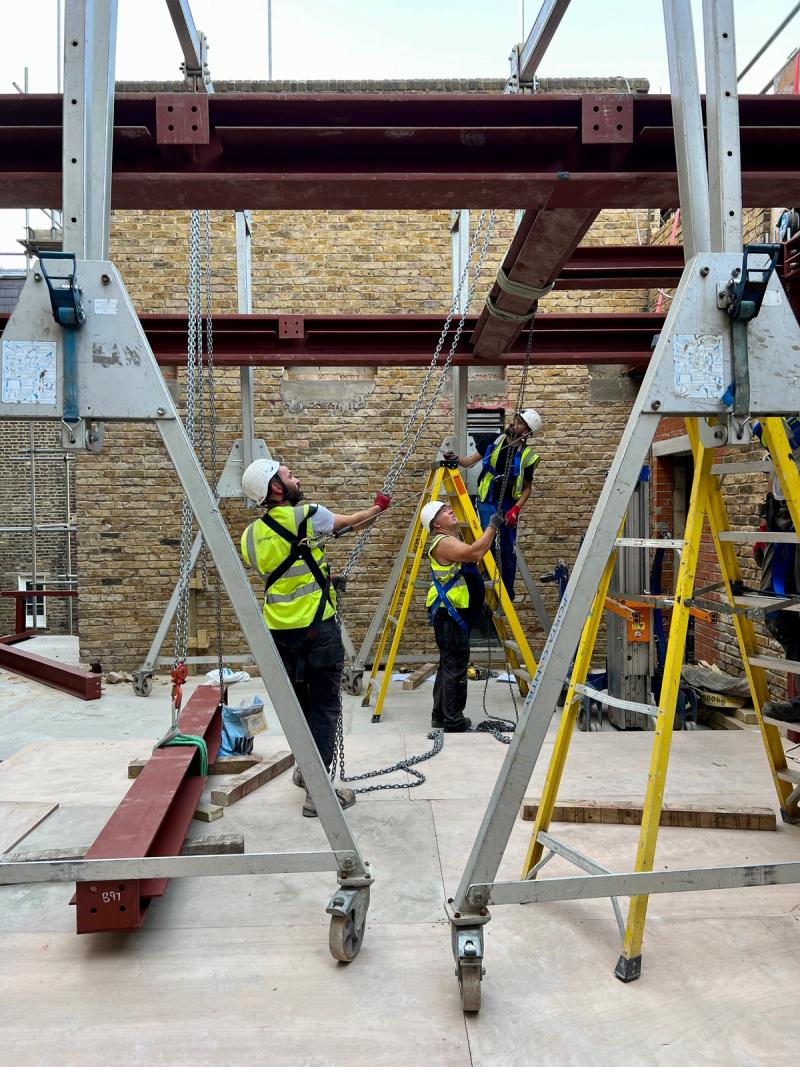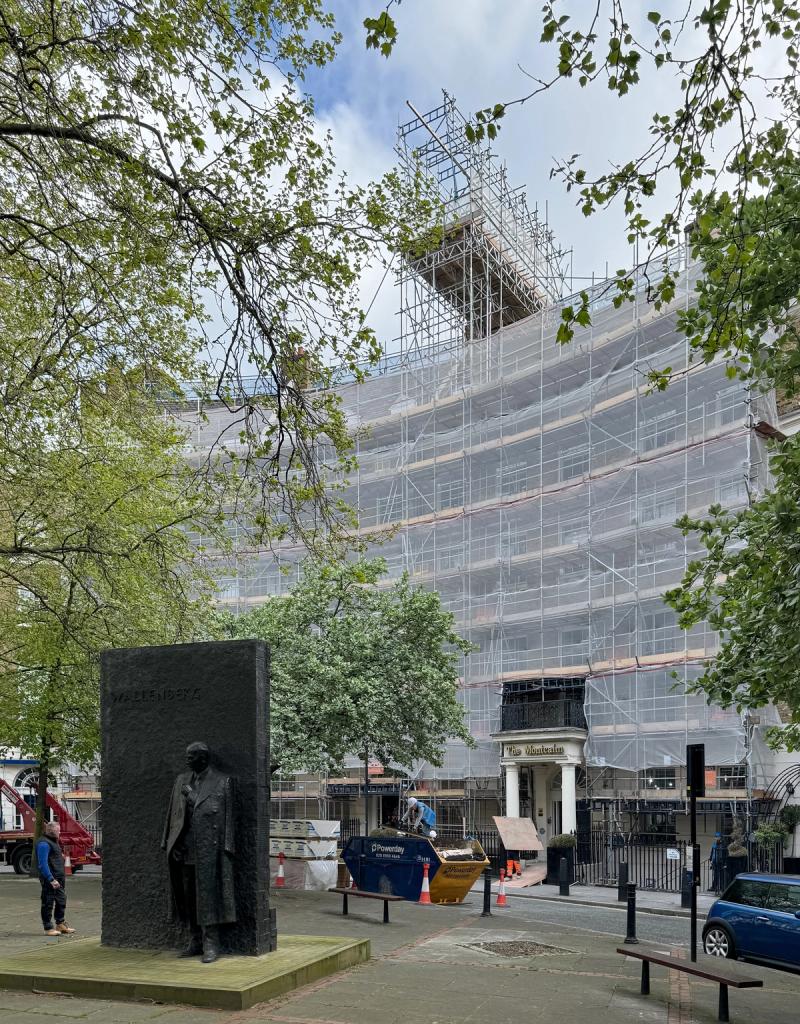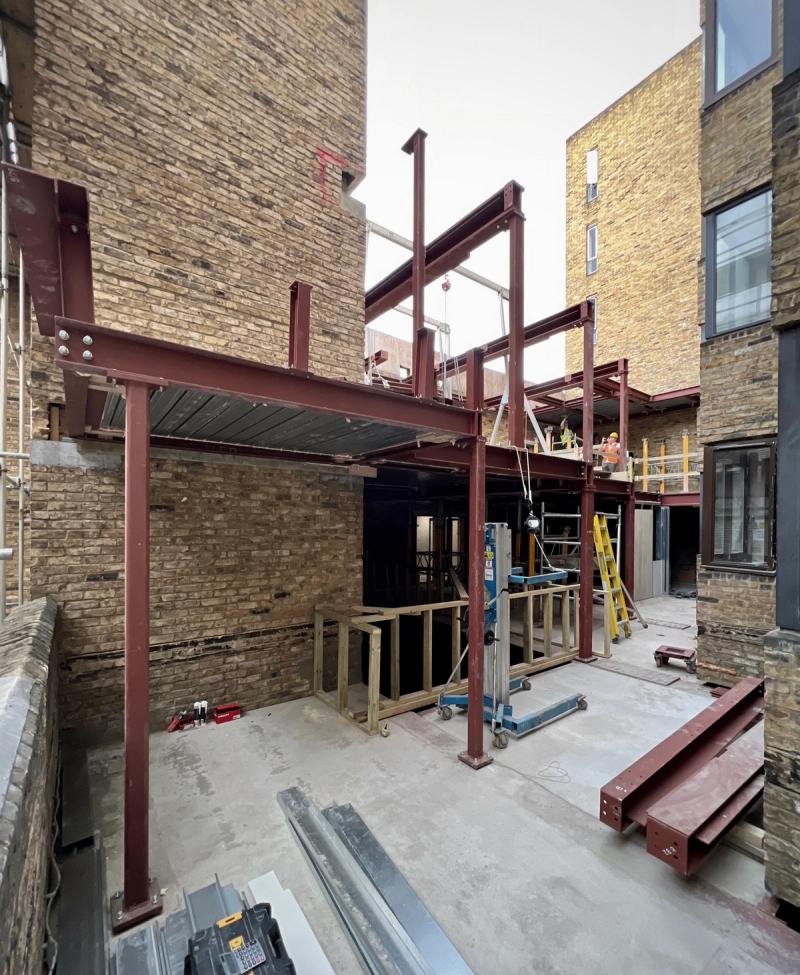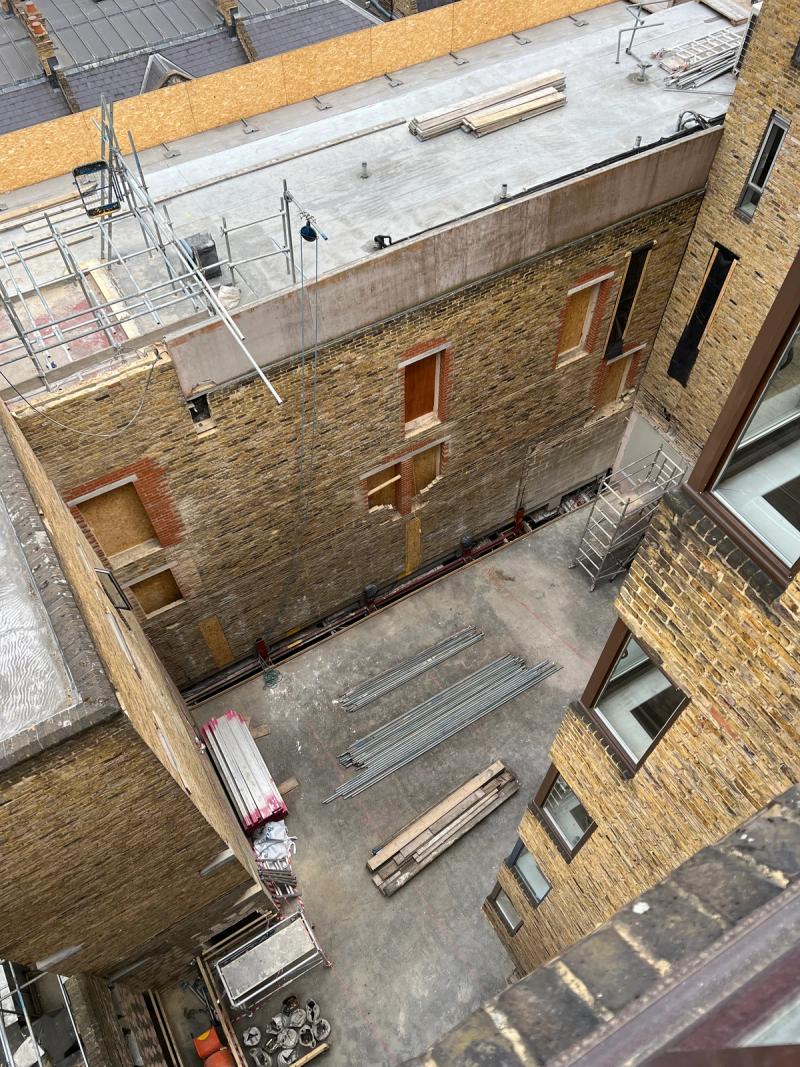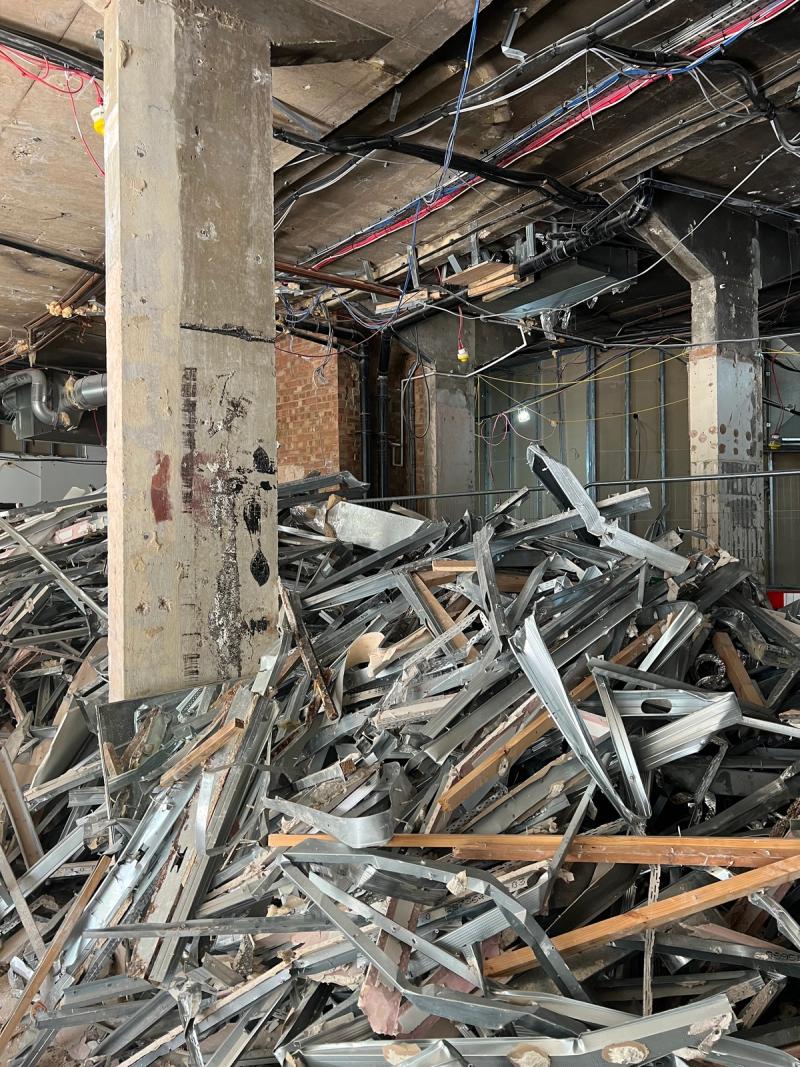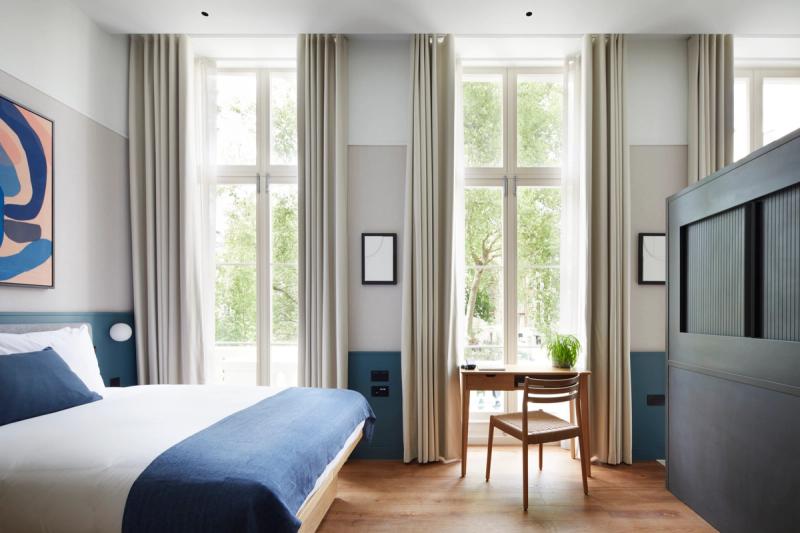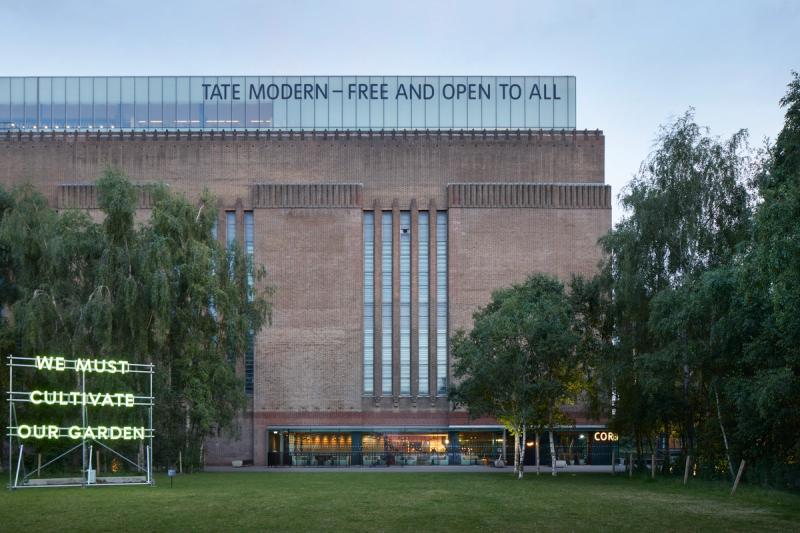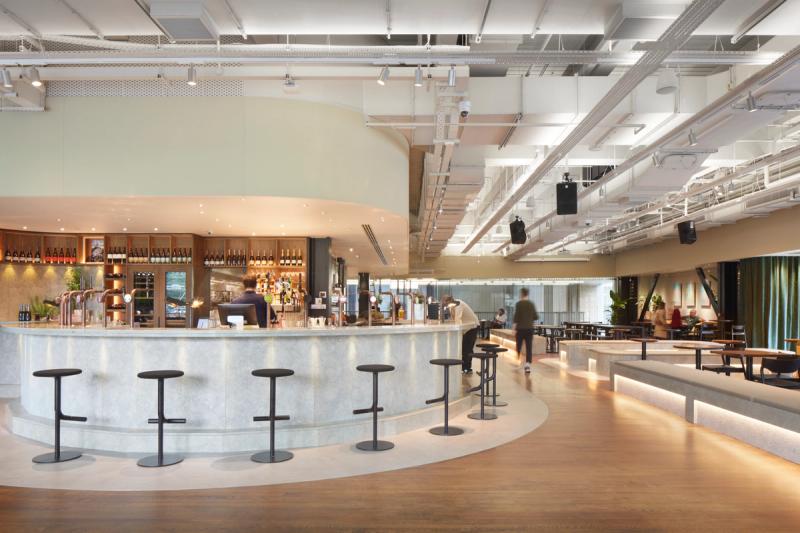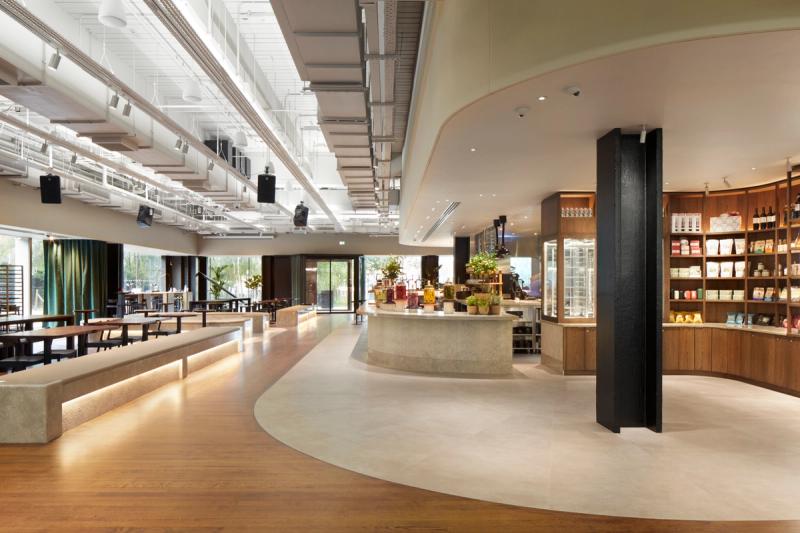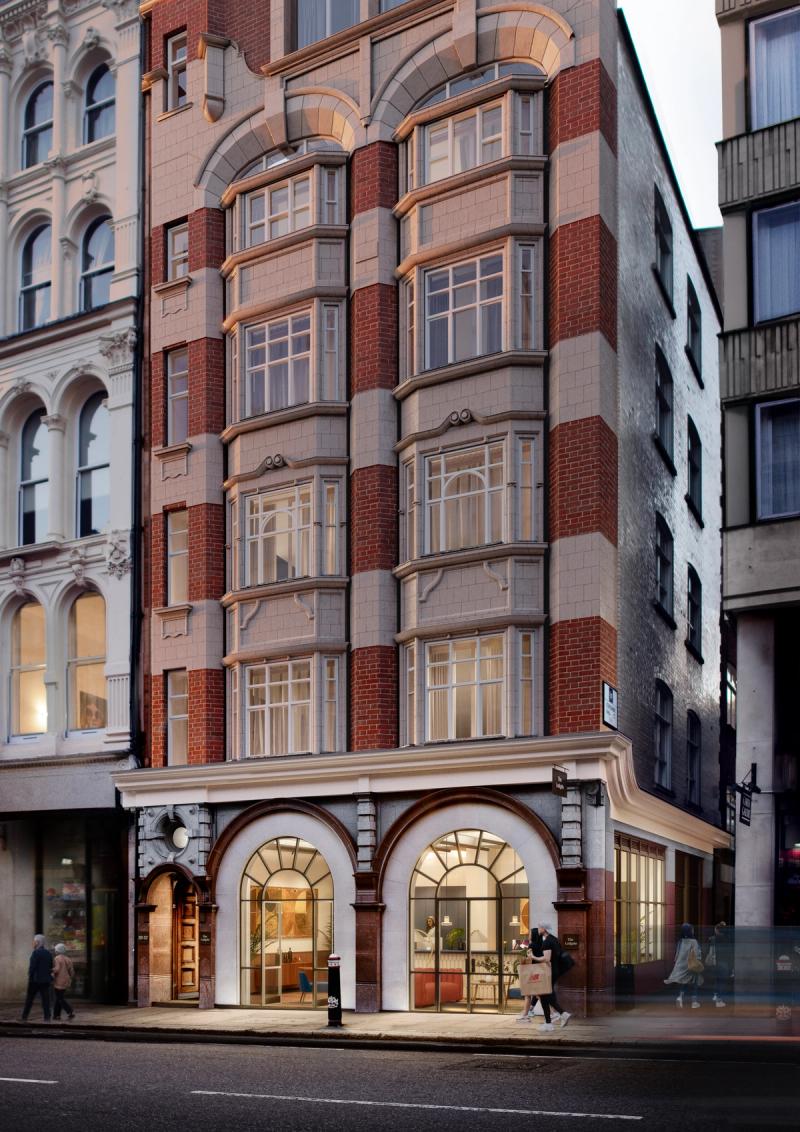Situated on a graceful crescent a short distance from the Marble Arch in London’s Hyde Park, The Montcalm is a 5-star hotel set behind a Grade II-listed terrace within the Portman Estate Conservation Area.
In 2017, Westminster City Council approved our plans for an infill extension to provide 12 additional bedrooms alongside the wider refurbishment of the hotel, comprising a new lobby, reception, restaurant, and lounge. This expansion promises to offer a new level of luxury and comfort to guests.
Our design will re-establish the hotel’s relationship with Wallenberg Place by reinstating the crescent internally as a principal axis. The interiors have been designed by Studio Mica & Studio Est to evoke memories of classical London—elegant and timeless—with a contemporary edge.
